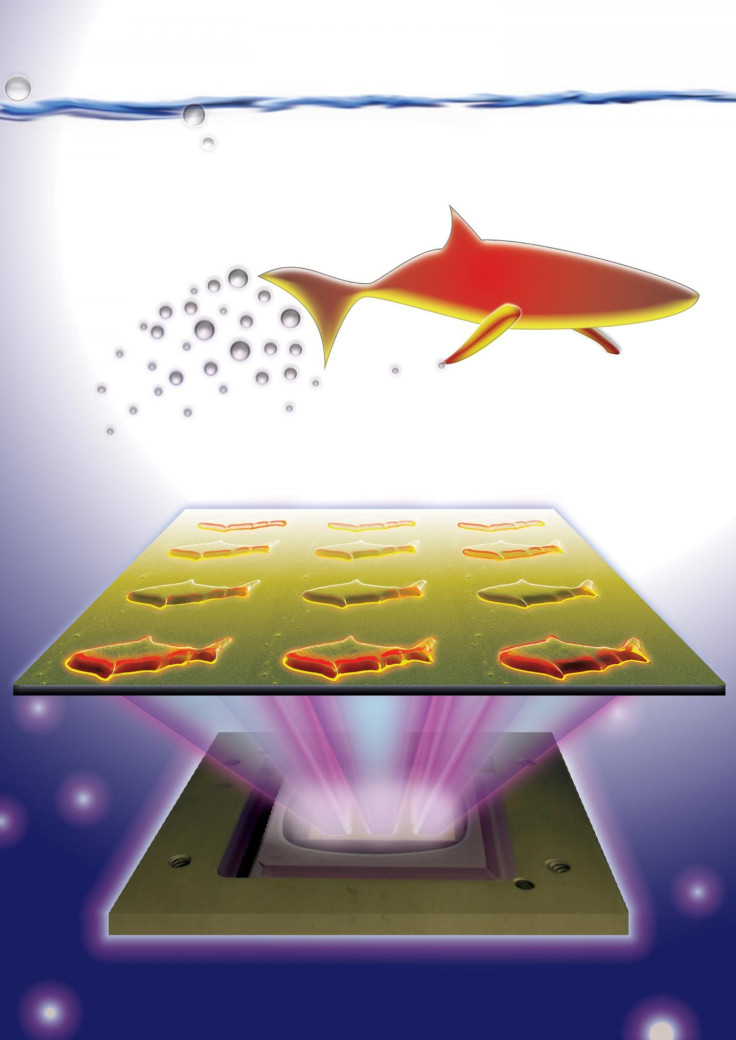3D-Printed Fish-Shaped Micro Robots Can Inject Drugs, Neutralize Toxins

A lot advances have been made in the field of robotics in the recent past. Adding another feather to the cap of technological innovations, a team of researchers has designed a special “microfish” that can be used to deliver drugs and remove toxins from the bloodstream in the future.
The 3D-printed microfish, which has a width less than that of a human hair, is 30 microns thick and 120 microns long. According to the researchers, the nanoparticles in the tail of the microfish combine with hydrogen peroxide to produce the wriggling movement, while the iron in their head then passes through the bloodstream magnetically. The complete details of the study have been published in the Aug. 12 issue of the journal Advanced Materials.
"We have developed an entirely new method to engineer nature-inspired microscopic swimmers that have complex geometric structures and are smaller than the width of a human hair,” said study co-author Wei Zhu of the Jacobs School of Engineering at the University of California, San Diego.
"With this method, we can easily integrate different functions inside these tiny robotic swimmers for a broad spectrum of applications," Wei said.
As part of a demonstration to prove their concept, the researchers mixed polydiacetylene, or PDA nanoparticles, through the body of the microfish. PDA is known to neutralize pore-forming toxins, such as the one found in the venom of the honey bees. The research team added the microfish in a solution containing the pore-forming toxins and found that the enhanced swimming ability of the robot fish helped clean up the toxins.
In addition, the researchers observed the detoxification ability of the microfish by noticing the intensity of the red light emitted by the fish. When the nanoparticles react with the toxin molecules, it emits a red-colored fluorescent light. The greater the intensity of the red light, the more is the detoxification ability.
“The neat thing about this experiment is that it shows how the microfish can doubly serve as detoxification systems and as toxin sensors," said Wei.
"Another exciting possibility we could explore is to encapsulate medicines inside the microfish and use them for directed drug delivery," Jinxing Li, the study co-author, said.
© Copyright IBTimes 2024. All rights reserved.




















